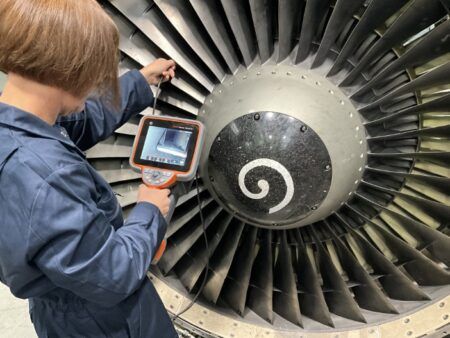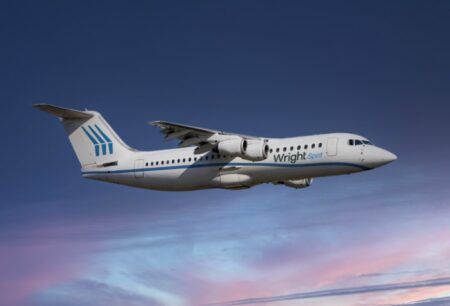How did you become a test engineer?
I had a passion for electronics from a very young age. I practiced at home when I was a teenager and went on to study electronics at school in Toulouse – a city with aviation very much at its heart. So, I merged my technical passion with my dream to work on commercial aircraft. I subsequently discovered the measurement world when I joined [aerospace manufacturer] Aérospatiale. I very quickly became an expert in this field and this passion is still very much alive.
What was your first ever testing job?
I started by working in the development team at a small electronics company, then I moved quickly to Rockwell Collins. This period also saw the beginning of the A320 adventure at Airbus and I wanted to be part of this aeronautical future. So I moved to Aérospatiale in the ‘tests means’ domain.
At that time magnetic recorders were the norm in flight test installation and I worked with these first-generation ‘digital’ recorders in the area of error code correction. This kind of system was really painful to adjust, and the big 1in tape reel system could only hold 10Gb of data.
It was also around the time of the changeover from analog to digital and test personnel were not used to digitally sampling their signals. So we had to spend a lot of time explaining and training company staff in the Nyquist sampling theory rules, especially as we were also just starting to use digital telemetry.
What were some of the most valuable early lessons you learned from that period?
When you start in this kind of job you see very quickly the importance of a flight test. A rule that never changes is that you have to do everything to avoid losing the data of a flight. I also saw the power of working in a team with various kinds of people. In flight tests you must be prepared to see some surprises; we don’t always find what we expect – which is the whole point of real testing. The advice I would give to any newcomer to the testing industry is that the measurement data must tell the truth – therefore the reliability of the data is key!What is your current position and what does it involve? I manage a team of 45 people. I spend time working on budgets, managing people, and ensuring the availability of the instrumentation equipment to perform flight tests. The job is to develop, support and repair the measurement components used on flight test installation. Behind the words ‘instrumentation’ and ‘measurement’ there are a lot of various functions such as sensors, data acquisition, networks, recorders, telemetry systems on board, and the wide reception network including antennas, video, trajectography, etc. As a manager, a big part of my job is to support the teams in their daily work, to foster innovation, to simplify things, and to prepare for the future.
Please describe a typical day
When I enter my office I always think of our motto: “Excel in testing and test for excellence”. A typical day starts by reading the reports of the flights of the previous day to ensure that everything worked well. Our mission is to provide dependable and reliable instrumentation so the flight test can run smoothly. We have therefore defined an operational reliability (OR) system to accurately monitor the performance of our equipment. I will then typically attend some meetings regarding future needs, project development or costing.
Then I might meet suppliers to learn about their future proposals and gauge how our industry is working. Suppliers are really key since we don’t develop our own measurement products, so the link with our suppliers is more like a partnership. We try to convince them to invest in our future needs and to find a ‘win-win’ situation. Moreover, in our business, since we often have unpredictable situations, we don’t know what can happen on a test aircraft, so reactivity is vital and we have to find quick solutions with our network of partners.
What major programs are you currently working on?
Our way of working is to develop a catalog of instrumentation products and to use them on all Airbus programs. So, currently we are working on the A320neo family, for which we certified the Pratt & Whitney PW1100G engine last year, and the CFM LEAP-1A engine was certified at the end of May this year. We are also preparing the first flight of the A350-1000, which will take place later this year. In addition, we are developing the flight test instrumentation of the A330neo, which will fly in 2017. However, we work in parallel on all aircraft programs, including the A320ceo and A380, such that we are performing tests on all programs to continuously improve them.
We also have a major research program called Breakthrough Laminar Aircraft Demonstrator in Europe (BLADE) in the frame of the EU’s Clean Sky initiative. The goal of the project is to demonstrate the laminar flow on the modified wings of Airbus’s A340 test aircraft, and for this we have to develop very innovative instrumentation. This project requires a large variety of sensors and measurement, as well as optical diagnostic and visualization equipment. The scope of the test equipment is probably the widest
ever involved in R&D flight tests with Airbus aircraft.
How has data capture changed?
For flight test installations, the long-term trend is the reduction of wiring. We have moved from a centralized acquisition concept in the cabin to a distributed one throughout the aircraft, in the wing, in the engines, in the tail, etc. Today, we use Ethernet networks everywhere in the aircraft, drastically reducing the number of wires.
Another major change regarding flight test installation has come with databuses such as Avionics Full-Duplex Switched Ethernet (AFDX), which enable us to dramatically increase the amount of data we can collect throughout the aircraft. And by using AFDX buses, the number of tapping points to address is less than with previous Arinc 429 buses. The recording devices have considerably improved their reliability as a result of their solid-state memory.
What are some of the key challenges you face?
A challenge we are facing today is the marked reduction of the certification cycle, which requires a high level of maturity of the instrumentation used. However, achieving that maturity is a challenge – especially when we develop a new concept because we have to develop the instrumentation in parallel with the aircraft we need to test. The cost reduction is also a key driver in our business, requiring optimized management of the instrumentation pool. The big question in our business today is how will the world of the Internet of Things change our way of working? We will use more and more digital sensors and wireless networks in a bid to realize the cost savings behind those technologies. As ever, the need to reduce costs continues to drive our innovation.
How do you handle data?Data is the ‘product’ that we provide at the end of the test to analyze the physical phenomena. On a typical flight we have 160Mbps of data coming from buses, sensors and tapping points. In addition, we also have 200Mbps of video data. We also have a very powerful telemetry system working in C-band (around 5GHz) and using an incredibly efficient modulation called Coded Orthogonal Frequency Division Multiplexing (COFDM), which allows us to transmit data without errors. We are able to transmit 20Mbps from three aircraft at the same time.
How much data is captured during a typical flight test?
The data captured during a typical flight test is 300Gb for sensors and buses and 360Gb for videos. We store all the data on a centralized solid-state memory, called ‘NAS’ (network attached storage). The world of data management is changing, according to the big data concept; this will allow our testing teams to better use the large amounts of data collected during a flight test. This is a major game-changer in our business, which is helping our industry to improve the maturity of the systems involved.
Anthony James is editorial director at UKIPME, the publisher of Aerospace Testing International




